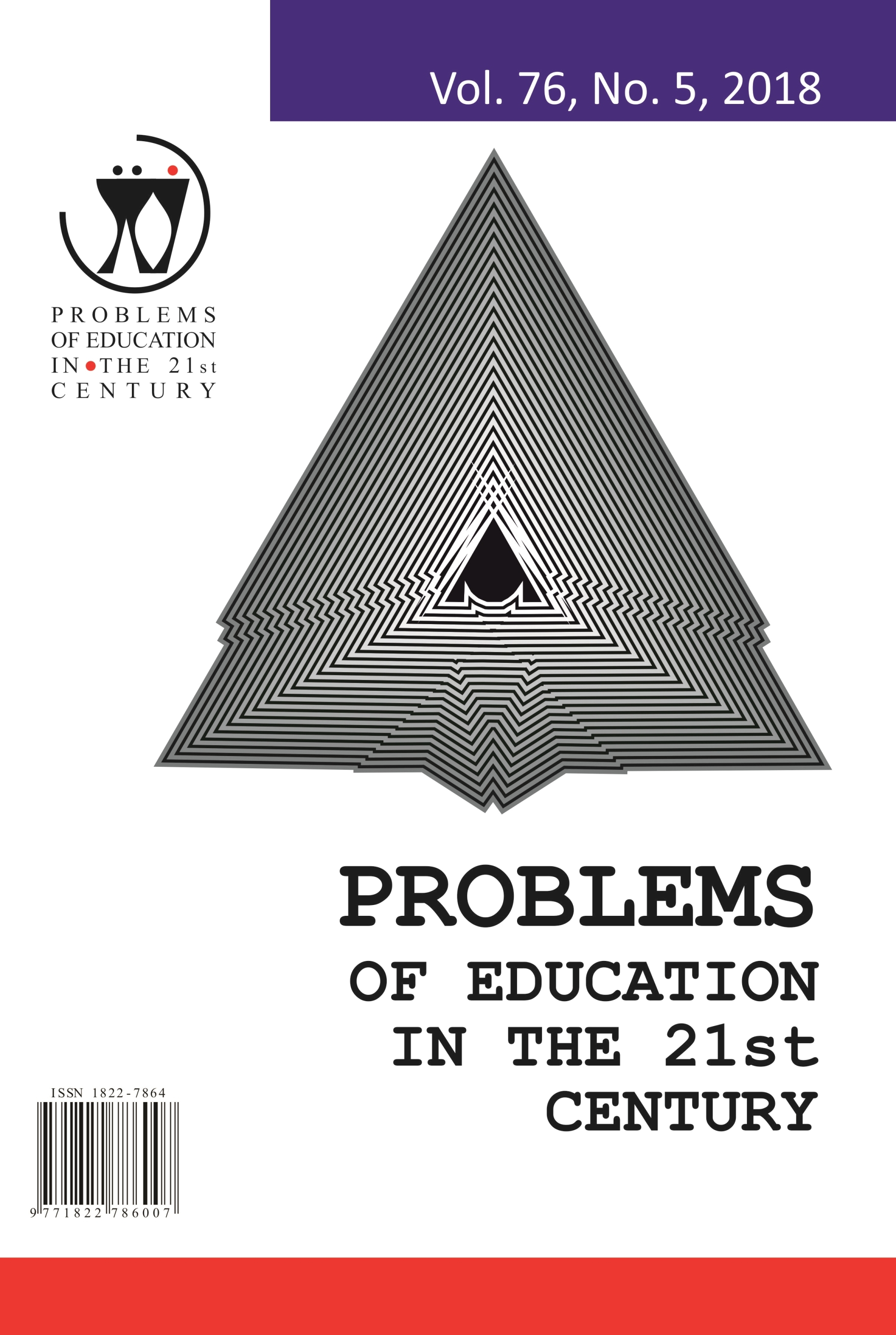ON THE RESULTS OF USING INTERACTIVE EDUCATION METHODS IN TEACHING PROBABILITY THEORY
ON THE RESULTS OF USING INTERACTIVE EDUCATION METHODS IN TEACHING PROBABILITY THEORY
Author(s): Natalia Mikhailovna Mezhennaya, Oleg V. PugachevSubject(s): Education, School education, ICT Information and Communications Technologies
Published by: Scientia Socialis, UAB
Keywords: CAS – computer algebra system; CAS Mathematica; education outcomes; education statistics; mathematical education; probability theory; teaching methods;
Summary/Abstract: The impact of a complex of interactive computer algebra system (CAS) based methods with usage of supplementary education materials (e.g., interactive presentations, computer modeling patterns and supplementary home tasks prepared in CAS Mathematica) on the education outcomes in the subject “Probability theory and mathematical statistics” was estimated. A comparative analysis of education outcomes for two groups of third-year students of engineering specialization taught in Bauman Moscow State Technical University was carried out. Group I of 72 students was taught in the year 2016-17 using teaching methods including only lectures and seminars, without usage of supplementary interactive materials. A written control work was chosen as a tool of examination; its results were used as a means of assessment of education outcomes achieved by the students in the first module “Probability theory” of the semester course. The results demonstrated by Group I proved not to be satisfactory for achieving the aims of education: successful continuation of learning the next modules, and further usage in professional practice. After detailed analysis of the students’ works and interviewing them, the basic difficulties in understanding and interpretation of the tasks were clarified. Consequently, Group II of 70 students taught in the year 2017-18 in the same specialization as Group I, was provided with new variants of home tasks and supplementary sets of interactive materials to study on lectures and seminars, as well as for independent study at home. The students of Group II have demonstrated significantly higher outcomes as compared to the students of Group I.
Journal: Problems of Education in the 21st Century
- Issue Year: 76/2018
- Issue No: 5
- Page Range: 678-692
- Page Count: 15
- Language: English

